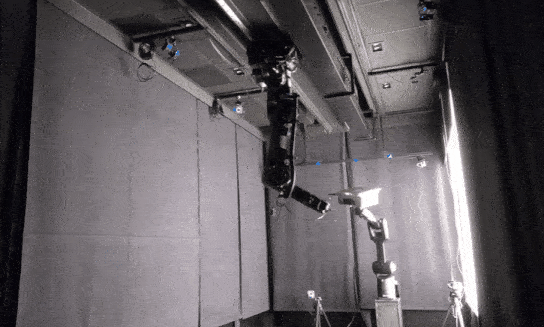
“In the vacuum of space, for instance, the contrast between light and dark is always very high, as with shaded craters on the Moon. Unfiltered sunlight can create intense reflection on satellite surfaces, blurring views, while at the same time the reflected glow of Earth gives rise to diffuse lighting. Using images taken in such conditions, we want to see how well AIs trained on synthetic images will be able to cope with real-world images like these – often termed the ‘domain gap transfer’ problem. We need to be sure that the computations involved would actually work in space.”
Like its predecessor competition from two years ago, this contest takes an actual space mission as a starting point, for maximum realism: the double-satellite PRISMA mission – launched by the then Swedish Space Corporation (now OHB Sweden) with the support of the German Aerospace Center DLR, the Technical University of Denmark and French space agency CNES – launched in 2010. Its two small satellites, Tango and Mango, took images of each other as they flew through space.
Prof. D’Amico has direct experience in several satellite formation-flying and rendezvous missions, including PRISMA, having worked on its relative navigation and control systems and serving as its Principal Investigator for DLR.



